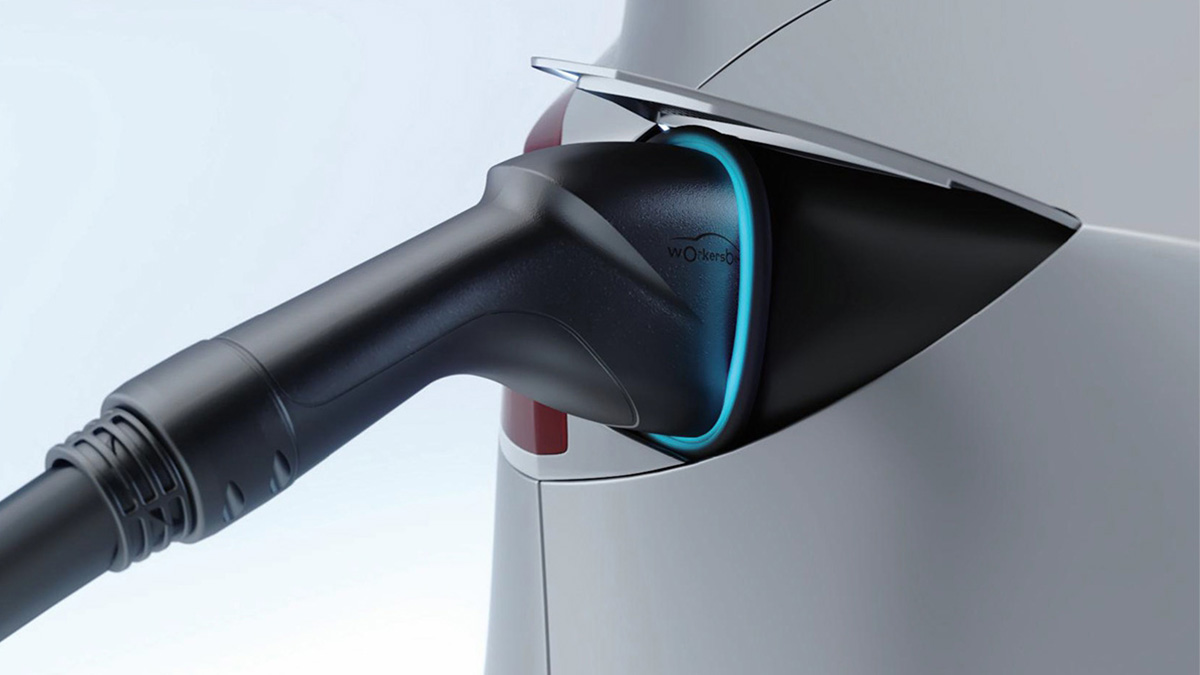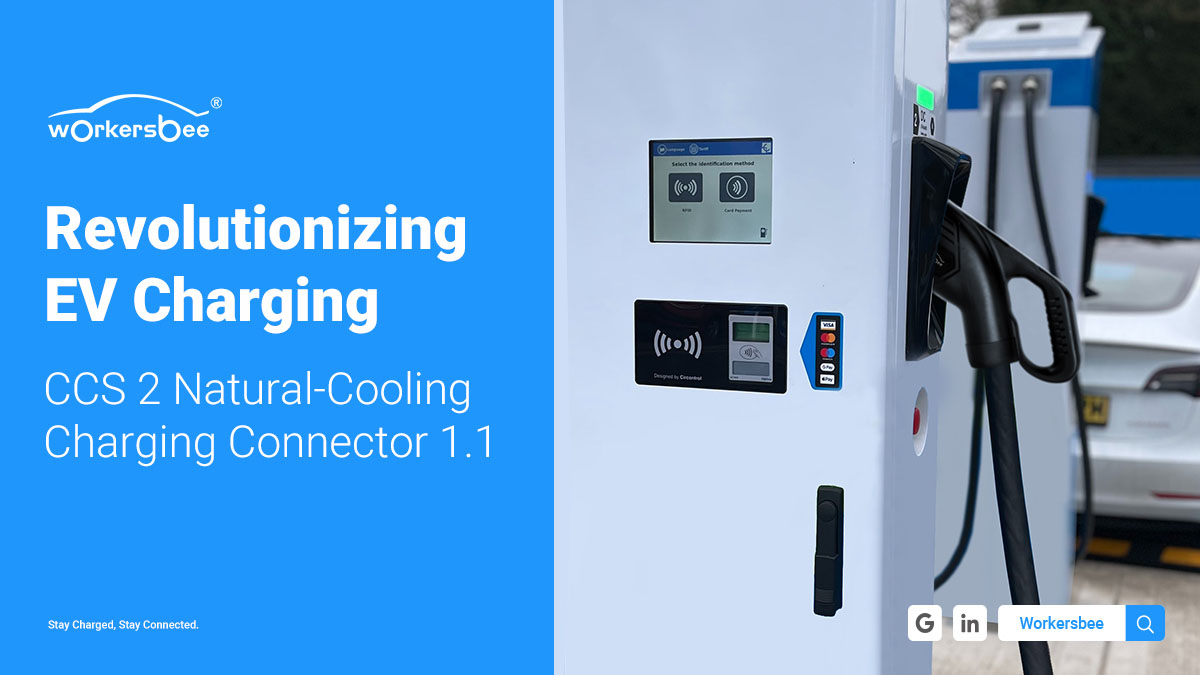 Why Liquid Cooling Is the Future of High-Power EV Chargers (2025 Guide)
Why Liquid Cooling Is the Future of High-Power EV Chargers (2025 Guide)
Mar 21, 2025
So, you’re diving into the world of high-power EV charging, and you keep hearing about liquid-cooled chargers. But what’s the big deal? Why are top EV charging manufacturers shifting toward this technology? And most importantly—how does it benefit you?
Buckle up, because in this guide, we’re breaking down why liquid cooling is the future of high-power EV chargers in 2025 and beyond. Whether you’re a business investing in charging infrastructure or an EV enthusiast looking for faster, more reliable charging, you’ll want to read this.
The Problem with Traditional Air-Cooled Chargers
Before we jump into liquid cooling, let’s talk about the elephant in the room—why air cooling isn’t cutting it anymore for ultra-fast charging.
Overheating Issues – High-power chargers (350kW+) generate intense heat. Air-cooled systems struggle to dissipate it efficiently, leading to overheating risks.
Limited Power Output – Heat buildup forces air-cooled chargers to throttle power, meaning slower charging speeds when you need them most.
Bulky & Noisy – Air-cooled systems require large heat sinks and fans, making them bulkier, louder, and less efficient.
Now, let’s talk about the game-changer: liquid cooling.
What Is Liquid Cooling & How Does It Work?
Liquid cooling in EV chargers works just like the cooling system in your car’s engine—except it’s cooling electrical components instead of a combustion engine. Here’s how it works:
✅ A special coolant (dielectric liquid) flows through the charger’s internal components.
✅ The liquid absorbs heat from power electronics and cables.
✅ A heat exchanger or radiator transfers the heat away, keeping the system cool.
✅ The cooled liquid circulates back, maintaining a stable temperature even under extreme power loads.
Sounds high-tech? It is. But it’s also the reason why the EV industry is embracing liquid cooling at record speed.
5 Reasons Why Liquid Cooling Is the Future of EV Charging
1. Enables Ultra-Fast Charging (500kW & Beyond)
Want to charge your EV in 10-15 minutes? Liquid cooling makes it possible.
High-power chargers (like 350kW, 500kW, and beyond) generate massive amounts of heat. Without proper cooling, they can’t sustain maximum power for long periods—which means slower charging times.
Liquid-cooled chargers keep temperatures low, allowing for continuous, full-speed charging without throttling. This is essential as EV batteries get larger and demand faster charging solutions.
Example: The latest CCS2 liquid-cooled DC fast chargers can deliver up to 500kW of power, cutting charging times by nearly 50% compared to air-cooled systems.
2. Compact, Lightweight, & More Efficient
One major downside of air cooling? Size and weight.
Traditional air-cooled chargers require massive heat sinks and fans, making them:❌ Bulky (taking up more space)❌ Heavier (harder to install)❌ Less efficient (losing energy in heat dissipation)
Liquid-cooled systems, on the other hand, use compact radiators and thin cooling tubes, significantly reducing size and weight.
The result?
· Slimmer, more modular chargers
· Easier installation & maintenance
· Higher efficiency with minimal energy loss
Example: Many new ultra-fast DC chargers, like those used in Tesla’s Supercharger V4 stations, have switched to liquid-cooled cables, making them 40% lighter and more flexible than traditional air-cooled ones.
3. Increases Charger Lifespan & Reliability
Overheating isn’t just bad for charging speeds—it’s one of the biggest factors leading to charger failure.
Extreme temperatures degrade internal components over time, leading to:❌ Frequent breakdowns❌ Higher maintenance costs❌ Shorter product lifespan
Liquid cooling prevents thermal stress, keeping components at optimal operating temperatures even during peak usage. This extends the lifespan of EV chargers, reducing the need for costly replacements.
Bonus: Liquid-cooled chargers require less maintenance than air-cooled systems because they don’t rely on moving fans and large venting systems that accumulate dust and debris.
4. Future-Proofs Charging Stations
EV battery technology is advancing rapidly, with 800V and even 1000V battery systems becoming the new standard.
Older air-cooled chargers struggle to keep up with these higher voltage and power demands. Liquid cooling future-proofs your charging infrastructure, ensuring compatibility with next-gen EVs.
Example: Many next-generation EVs—like the Porsche Taycan, Hyundai Ioniq 6, and Lucid Air—support 800V ultra-fast charging. Liquid cooling ensures chargers can handle these higher voltages without overheating.
5. Supports Heavy-Duty EVs (Trucks, Buses, Fleets)
The EV revolution isn’t just about cars—it’s also transforming commercial vehicles.
Fleet operators, public transit, and logistics companies are rapidly electrifying their vehicles, but heavy-duty EVs require significantly more power than passenger cars.
Electric trucks & buses need ultra-fast, high-power charging.Air cooling simply isn’t enough to sustain these power levels.
Liquid-cooled chargers enable megawatt-level charging, making EV adoption more practical for commercial fleets.
Example: The new Megawatt Charging System (MCS), designed for electric semi-trucks like the Tesla Semi and Freightliner eCascadia, uses liquid cooling to safely deliver 1MW+ of power.
Are Liquid-Cooled Chargers More Expensive?
Let’s address the obvious question: Is liquid cooling more expensive?
Yes, liquid-cooled chargers have a higher upfront cost, but they also:✔ Charge faster (higher efficiency = lower electricity costs)✔ Last longer (fewer replacements & maintenance calls)✔ Support next-gen EVs (future-proof investment)
For businesses, the ROI (return on investment) is clear—faster turnaround, lower maintenance, and increased revenue from high-power charging.
Final Thoughts: Liquid Cooling Is Here to Stay
If you’re serious about high-power EV charging, liquid cooling isn’t optional—it’s the future.
✅ Faster charging speeds without throttling✅ More compact & energy-efficient designs✅ Longer lifespan & lower maintenance✅ Essential for next-gen EVs & heavy-duty vehicles
At Workersbee, we specialize in cutting-edge liquid-cooled CCS2 DC fast chargers, ensuring the best performance, efficiency, and reliability for businesses and charging networks.
Ready to future-proof your EV charging infrastructure? Let’s talk.
Explore Our Liquid-Cooled Charging Solutions
Read More

 Everything You Need to Know About Workersbee's 375A Naturally Cooled CCS2 EV Charging Cable
Everything You Need to Know About Workersbee's 375A Naturally Cooled CCS2 EV Charging Cable
 Why Liquid Cooling Is the Future of High-Power EV Chargers (2025 Guide)
Why Liquid Cooling Is the Future of High-Power EV Chargers (2025 Guide)